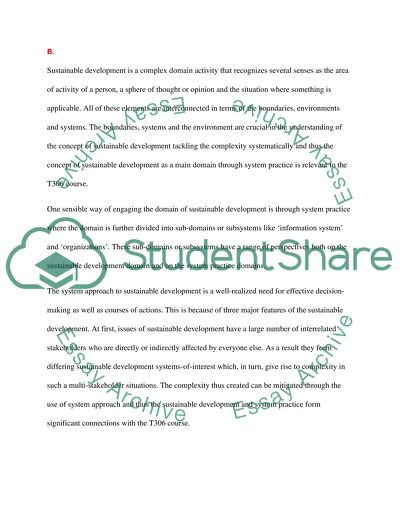Cite this document
(“Sustainable development Essay Example | Topics and Well Written Essays - 2500 words”, n.d.)
Retrieved from https://studentshare.org/miscellaneous/1564696-sustainable-development
Retrieved from https://studentshare.org/miscellaneous/1564696-sustainable-development
(Sustainable Development Essay Example | Topics and Well Written Essays - 2500 Words)
https://studentshare.org/miscellaneous/1564696-sustainable-development.
https://studentshare.org/miscellaneous/1564696-sustainable-development.
“Sustainable Development Essay Example | Topics and Well Written Essays - 2500 Words”, n.d. https://studentshare.org/miscellaneous/1564696-sustainable-development.


